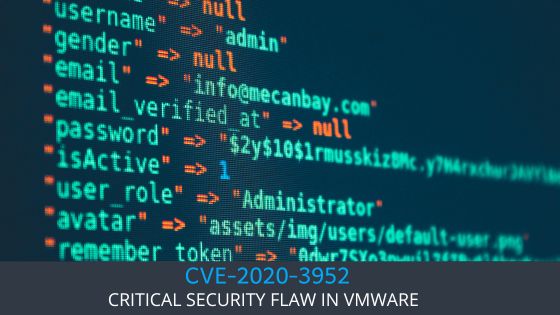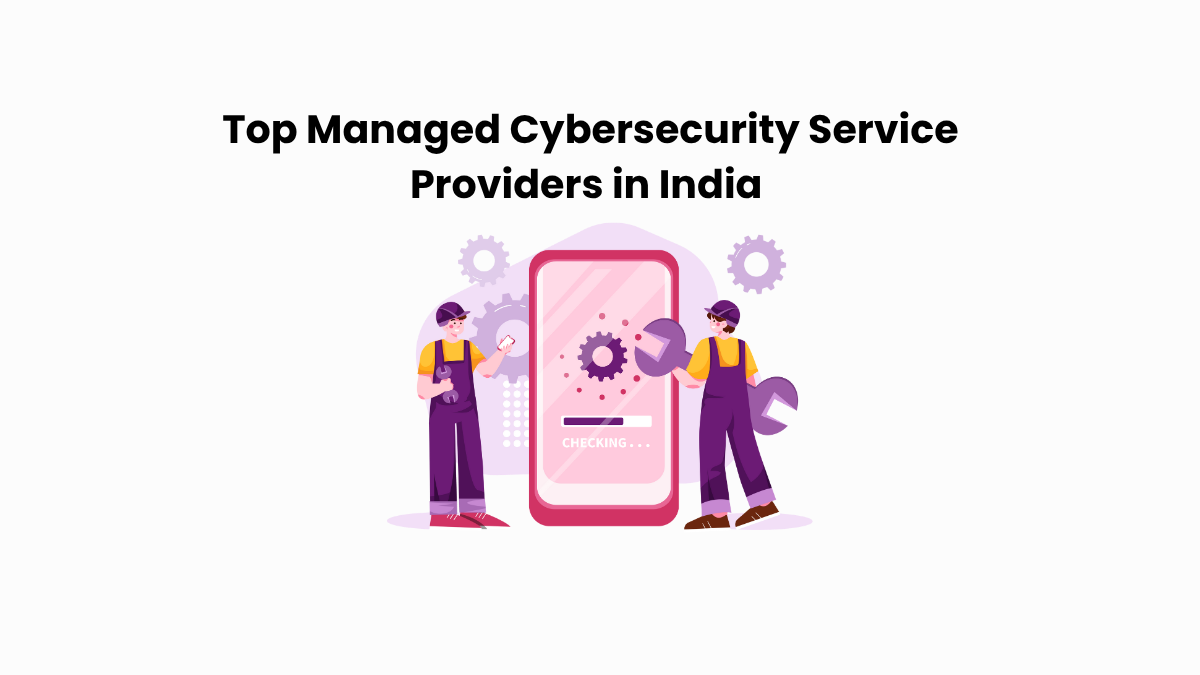A serious security vulnerability, CVE-2020-3952, has been identified in VMware vCenter Server’s vmdir component, which is part of both embedded and external Platform Services Controllers (PSC). This flaw poses a significant threat due to inadequate access controls under certain conditions.
Understanding CVE-2020-3952
CVE-2020-3952 affects VMware vCenter Server, specifically within its directory service (vmdir), which is crucial for identity management in vSphere environments. This vulnerability could allow unauthorized access and manipulation of the system.
Technical Details
The vulnerability is marked by a CVSS score of 9.8, indicating a critical level of severity. The threat arises from the network with low attack complexity and does not require user interaction, making it particularly dangerous.
Root Cause
The issue stems from improper implementation of access controls within vmdir. This could potentially allow an unauthenticated attacker to perform operations that should require administrative privileges.
Potential Impact
The exploitation of CVE-2020-3952 could lead to significant security breaches.
System Impact
#1 Unauthorized access to sensitive data.
#2 Potential compromise of the entire vSphere infrastructure.
#3 Unauthorized modification or deletion of data, leading to system downtime and operational disruption.
Mitigation Strategies
Vendor Recommendations
VMware has acknowledged the issue and released patches to address the vulnerability. It is critical for users to apply these patches without delay.
Update Guidelines
#1 Ensure all VMware vCenter Server instances are upgraded to the latest version that includes security patches for CVE-2020-3952.
#2 Review and apply the configurations as recommended in VMware’s security advisories.
Alternative Actions
In cases where immediate patching is not possible:
#1 Monitor network activity for unusual behavior indicative of exploitation attempts.
#2 Increase security measures and access controls until patches can be applied.
#3 Employ additional network security controls to detect and mitigate unauthorized access attempts.
Best Practices for Enhancing Security
Regular Updates and Patch Management
Continuously applying updates and patches is crucial for maintaining the security integrity of systems, especially in environments as critical as VMware vCenter Servers.
Enhanced Authentication and Access Controls
Strengthening authentication and improving access control mechanisms are essential to prevent similar security lapses.
Comprehensive Monitoring
Implement advanced monitoring tools and techniques to detect and respond to security threats more effectively.
Conclusion
CVE-2020-3952 highlights the importance of rigorous security protocols and timely response to advisories. By understanding the details of the vulnerability and implementing recommended security measures, organizations can protect their infrastructure from potential threats.
For more detailed guidance and support in securing your VMware environments, contact Datacipher. Our team is dedicated to providing expert solutions tailored to meet the unique security needs of your organization.





